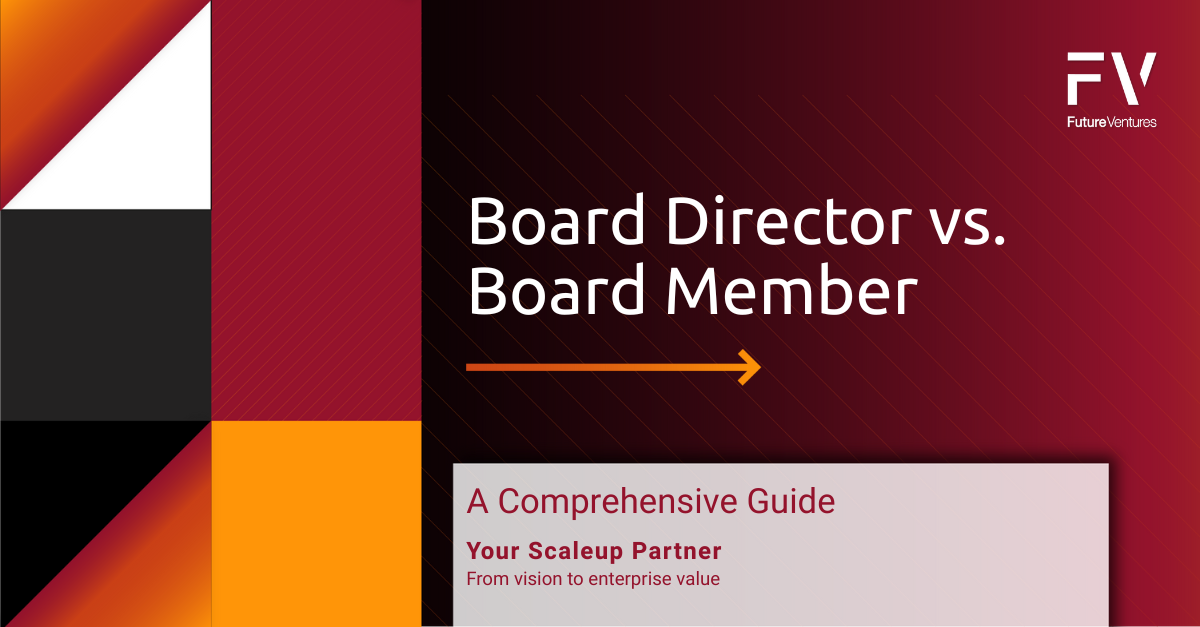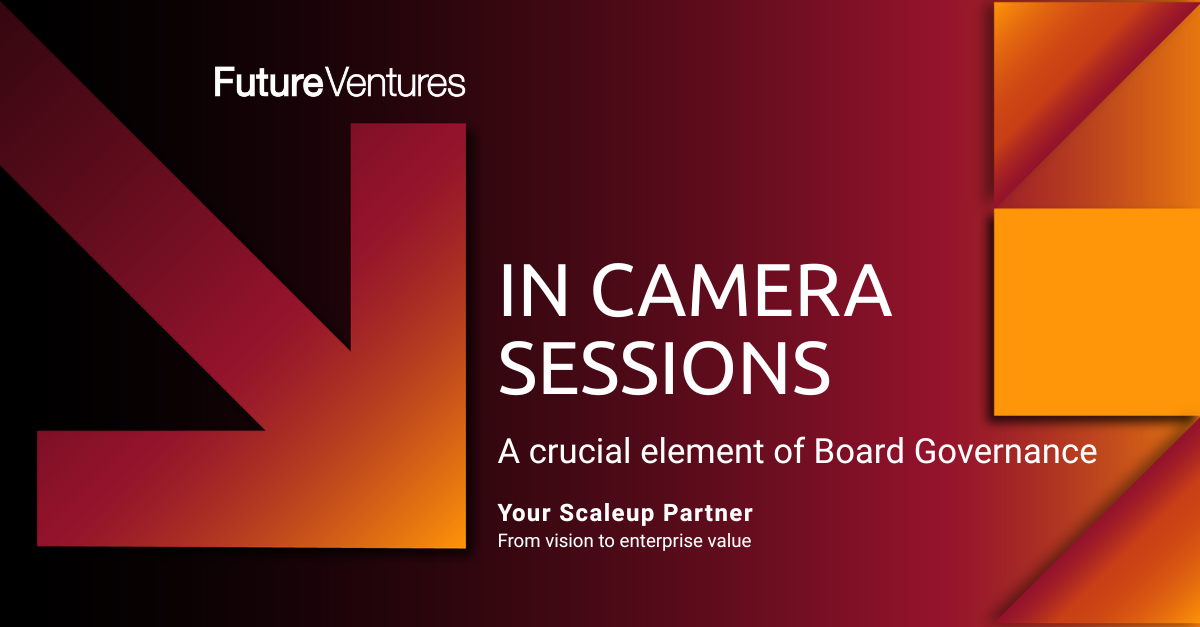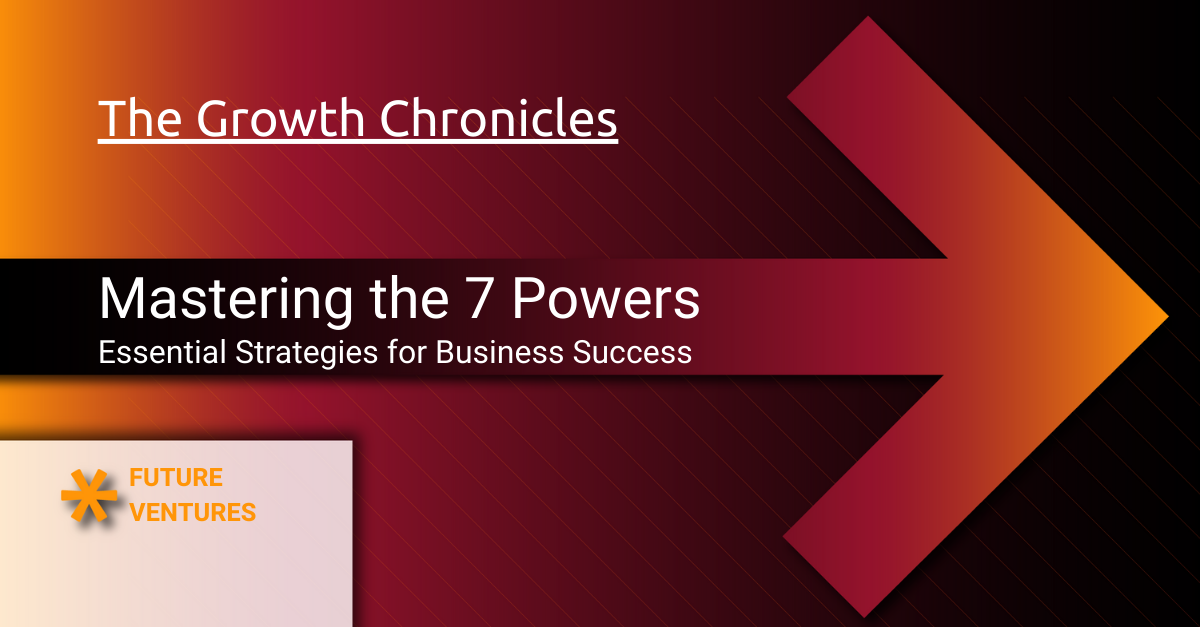Customer Discovery | In-depth Guide
The Customer Discovery process is very relevant for any company but even more so for an early stage company. It allows you to know who your customers are, the problems that they are facing and how they go about solving those problems. Something very important to develop new or improve existing products. The number 1 reason early stage companies fail is because they fail to identify a problem worth solving or the market is not big enough.
In this article, we will dive into the What, the Why and the How of customer discovery.
What is Customer Discovery?
Customer discovery is the initial process of understanding the customer's situation, needs and problems. This process involves both defining and prioritizing those needs and problems, and can be applied to both early stage companies and those seeking to develop new products, expand their range of customers or enter new markets.
Techniques such as interviews, ethnography or journey mapping are used in the Customer Discovery process.
All companies, from start-up to those seeking to expand to other markets or broaden their range of customers, should diligently undertake customer discovery. It underpins the success of the company.
Why should you do Customer Discovery?
Customer Discovery provides you with really valuable insights about your customers, their needs, and how you could potentially address those needs. It is imperative that you undertake Customer Discovery fully before proceeding to build a product or service. Customer Discovery will help you to answers to certain key questions, such as:
- Who are your prospective customers?
- What problems are they facing?
- How do they go about solving these problems?
- What do they need vs. what do they want?
- How big is the market?
- Is this an opportunity worth pursuing?
How to do Customer Discovery?
To carry out this process, you must execute the following 5 steps:
- Define the Hypothesis
- Identify a user Persona
- Validate the Hypothesis + Gate Check
- Validate product idea to MVP + Gate Check
- MVP to Scale.
Each one of them will help you to obtain a final product or service that is more likely to be successful, since it will be focused on the real needs of your customers.
Step 1: Define a Hypothesis
Answer the following questions in documenting your hypothesis!
- What is the problem to be addressed?
- Why? Why? Why? Why? Why? → leads to the “So What”
- Where?
- When?
- How?
- What is the buying process?
- What is the buying imperative?
- What are buying/adoption barriers?
- How big of a pain is the status quo, the current way of doing it?
- Who are we competing against?
- Why us?
An effective methodology to help you to identify and analyze a problem is to use either the 5 Why or the Fishbone Diagram. By continuously asking Why something is a problem, you can accurately identify what is the root cause of the problem. Only after truly understanding the root cause of a problem, you can embark on designing a solution that addresses the said problem.
Example Hypothesis:
- (What) Producers require a third-party technology to [insert solution]
- (Why 1) so that they can meet the new regulatory requirements for ABC (Why 2) without being compliant they will not be able to sell domestically or internationally their products (Why 3) their packaging will not meet the minimum disclosures required for their products (Why 4) labels are missing regulatory disclosures (Why 5) … (Note: not in all cases you will use all 5 Whys. In some cases you will stop short.)
- (Where) in Europe
- (When) starting on January 1, 2023
- (How) by being able to … so that they can …
- (What is the buying imperative?) Due to the new regulations, all producers will require this solution.
- (What are the available alternatives?) i) stop selling international and apply a physical label that meets the requirements; or ii) secure a technology solution.
- (How big of a pain is it?) Each Producer will be willing to pay us $30/month to provide them with that solution.
- (Who are we competing against?) We are competing against DEF and GHI solutions that are …
- (Why us?):
- Reason 1
- Reason 2
- Reason 3
- …
Refer to our Customer Discovery Hypothesis Template
Step 2: Identify a Persona
Objective: Define a Persona (i.e. a Target Customer) as narrowly as possible.
Persona is a fictional character that you define based upon your research. The persona represents a specific user type that might use your product/service/feature to address the problem as stated above. The persona should be defined as narrowly as possible and attach as many characteristics to it as possible. Creating a persona will help you to empathize and recruit a user that exhibits the said characteristics so that you can better understand their needs, experiences, behaviors and goals.
In order to identify a persona, you should answer the following questions:
- Who are the people/companies that have the problem that we should investigate/research?
- What are the problems that we think that they have?
- What are the possible solutions that we think would help them solve it?
- What are the common characteristics amongst these users/companies?
- Where are they located?
You will need to identify and create many personas in order to validate the hypothesis. What is important to note, is that the hypotheses should be individually tested with each user persona in mind. If you group personas, you risk diluting the problem and as a result the solution. You cannot be everything to everybody. You need to start narrow before you can go broad.
Step 3: Validate the Hypothesis
Objective:
- Conduct research to (dis)prove a hypothesis or form a new hypothesis.
- Refine Product/Feature idea.
Leveraging a defined user persona:
- Recruit users/companies that match the characteristics of the user persona. The number of participants has to be statistically significant.
- Direct research to understand the prospective customers’ needs
- Interview prospective customers:
- Ask them to describe the current process. Use open-ended questions like “Walk me through the steps…”, “What does a day-in-the-life look like?”, “If they could do it differently, what would they change?”, “How?” and “Why?”
- Explore past behaviors by asking, “Tell me about the last time that you…”
- Use the “5 Whys” to determine the root cause(s) for the problem your customer is facing.
- Practice the Mickey-Mouse principle. Two big ears and one small mouth. Listen at least 4 times as much as you talk.
- Focus on learning and understanding rather than pitching or selling. This is not the time.
- Do NOT use leading questions. Do NOT interview for sentiment. Do NOT accept answers without probing further.
- Conduct competitive research to understand whether you can provide a competitive edge
- Develop high-fidelity design/prototype of the solution
- Present high-fidelity design/prototype and gather feedback from the prospective customers
- Determine how much are the people/companies willing to pay you to provide that solution
- Determine how many prospective customers will need this solution? What is the size of the target market?
- Enlist commitments from prospective customers to convert to committed customers
Key measurements in this phase include:
- Competitive Research
- How many competitors exist?
- What problems are they trying to solve?
- What solutions (i.e. features) do they have to solve the problem?
- What differentiates exist that separate your organization from the competition?
- Can you deliver a solution that drives significantly more value (e.g. at least twice as good) to overcome switching costs and resistance?
- Customer Research
- How many prospects have we talked to in total?
- How many of those prospects have shown interest?
- How many of those interested prospects have signed a Letter of Intent (LOI)?
- How many of those interested prospects have committed to a $ that they would pay us to solve that problem? (further defined as a committed customer)
Refer to our Customer Discovery Interview Questions Template
Step 3: Gate Check
Objective: Make a Go/No Go decision as to whether to proceed to the next phase vis-à-vis other opportunities
Key factors to consider:
- Cost: Estimate the cost and time to develop and implement the solution;
- Schedule: Estimate the time to develop and timing to align with customers’ rhythm of the business;
- SAM and SOM: Extrapolate Customer Research metrics to determine the Serviceable Available Market (SAM) and Serviceable Obtainable Market (SOM);
- LTV: What is the Life-Time Value (LTV) to be derived from this feature?;
- Moat: Does the feature strengthen the competitive positioning of the product? If so, how?;
- Revenue: Extrapolate Customer Research metrics to determine the Revenue associated with the SAM and SOM; and
- Plan: Outline plan for Phase 2 to understand Capital, Resource requirements and any Dependencies that impact the Cost/Scope/Schedule/Quality vectors.
Outcome:
- ROI: Calculate the possible Return on Investment (ROI)
- Prioritization Matrix: Prioritize vis-à-vis other opportunities
- Decision Record: Create a DR, update Decision Log and Product Roadmap
Step 4: Validated Product Idea to Minimum Viable Product (MVP)
Objective:
- Develop a minimum viable product per the design validated in Phase 1
- Evaluate whether the solution delivered the hypothesized value to the committed customers
Activities in this phase include:
- MVP: Transition from high-fidelity design/prototype 🡪 Develop and implement MVP
- Demos: Demonstrate the MVP during development and implementation to evaluate whether the design will deliver the intended value
- Usage: Evaluate customer usage after the research of the features (i.e. are they using it?)
- Value: Evaluate whether the solution is providing the expected value (i.e. are they happy?)
- Research: Refine research conducted in Phase 1 to further our understanding of the market
- Story: Outline the messaging that resonates with your ideal customer profile
- Stratify and Segment: Identify prospects that fit your ideal customer profile
- Channels: Identify channels to access your ideal customers at scale
The key measurements in this phase include can be broken into three groups:
- Development of MVP:
- How are we tracking to budget?
- How are we tracking to schedule?
- How are we tracking on scope?
- What is the quality of the overall solution?
- Product Research:
- How is the feature being used?
- What features are being used?
- What features are not being used?
- Customer Research:
- How many committed customers fulfilled their obligations?
- How many committed customers that fulfilled their obligations gave a perfect testimonial?
- How many committed customers that fulfilled their obligations have begun using the system unassisted?
- How many committed customers that fulfilled their obligations required assistance and to what extent?
- Can you systemize the learning from the customer onboarding process?
- Market Research
- How many prospects have signed up on the waiting list?
- How many channels have been identified?
Step 4: Gate Check
Objective: Make a Go/No Go decision as to whether to proceed to the next phase vis-à-vis other opportunities
Key factors to consider:
- Internal: Consider the impact of the Development Vectors. Refine and revise the possible ROI outlined in Phase 1 by incorporating:
- Development Costs: to date + projected;
- Implementation Costs: to date + projected; and
- Sustainment Costs: projected.
- External: Based upon the Product and Customer Research, refine and revise the possible ROI outlined in Phase 1 incorporating:
- Desirability + Urgency: Consider the ability to shift the costs from company to customers based upon Desirability + Urgency; and
- SOM, SAM, LTV, Revenue: Refine projected revenue.
Outcome:
- ROI: Refine and revise the possible Return on Investment (ROI)
- Prioritization Matrix: Prioritize vis-à-vis other opportunities
- Decision Record: Create a DR, update Decision Log and Product Roadmap
- Plan: Outline plan for Phase 3 to understand Capital and Resource requirements
Step 5: MVP to Scale
Refer to the Go-To-Market (GTM) plan, by target customer, by channel.
Final Thoughts
The Customer Discovery process is essential for all types of companies, whether a startup or one that is developing a product. This process will not only allow you to better understand your target audience, but will also help you to know if your product can meet the needs of your customers.
Proceeding to a solution without validating the need is like building a house without first pouring the foundation. Confirm the problem is worth solving. If the pain your customers feel is not big enough, they will not seek a solution. Make sure that you are investing your time and money in an attractive market/opportunity that has a catalyst, a burning need and a market big enough to support your entry. Fully understand the buying process, adoption barriers, and all of the reasons why your customers could say no. If you have a way to overcome those NOs proceed with caution. Calculate the ROI of this opportunity and rank against other opportunities present to you. If it bubbles up to the top then pursue it, if it does not then set aside. Based on the competitive research, determine if you could become the #1 or the #2 player in the market. If you can then proceed, if you can’t then set aside.










